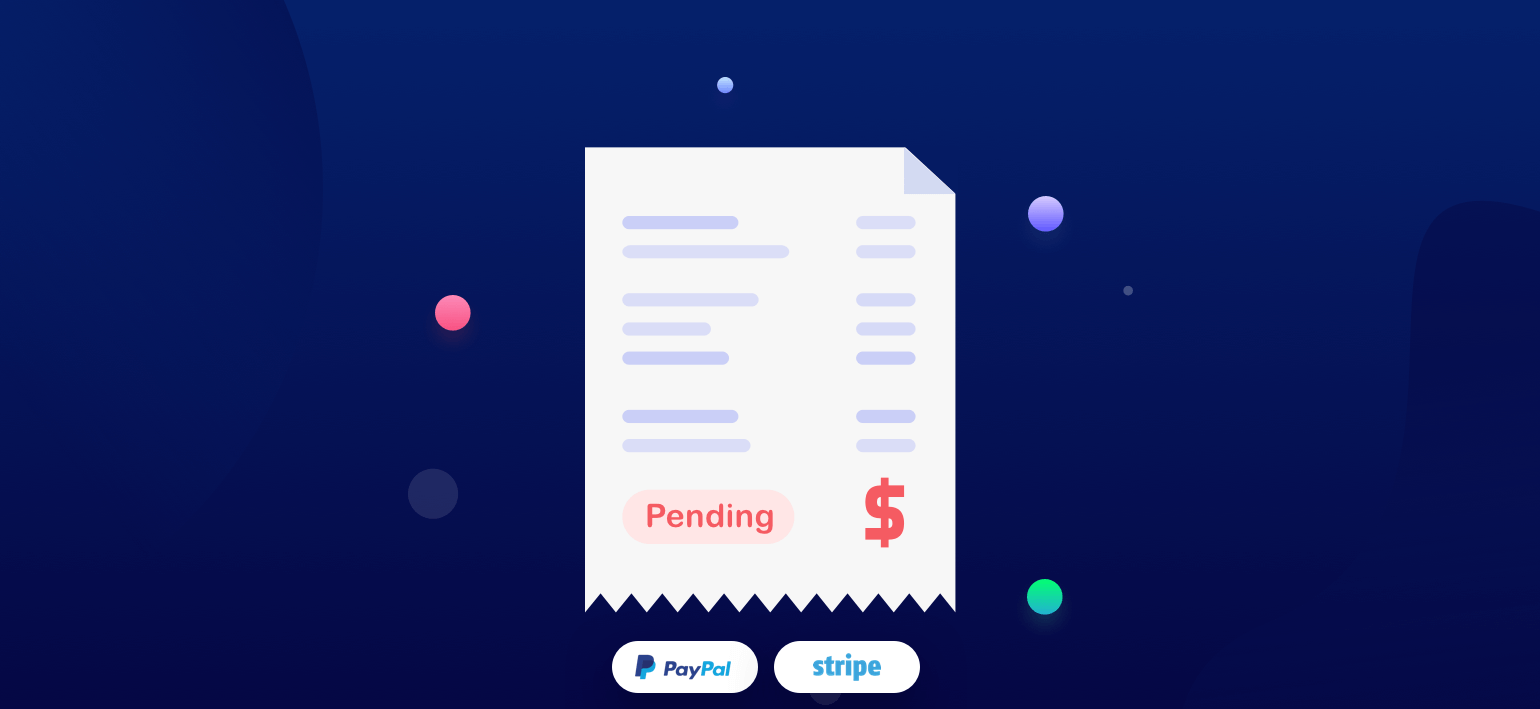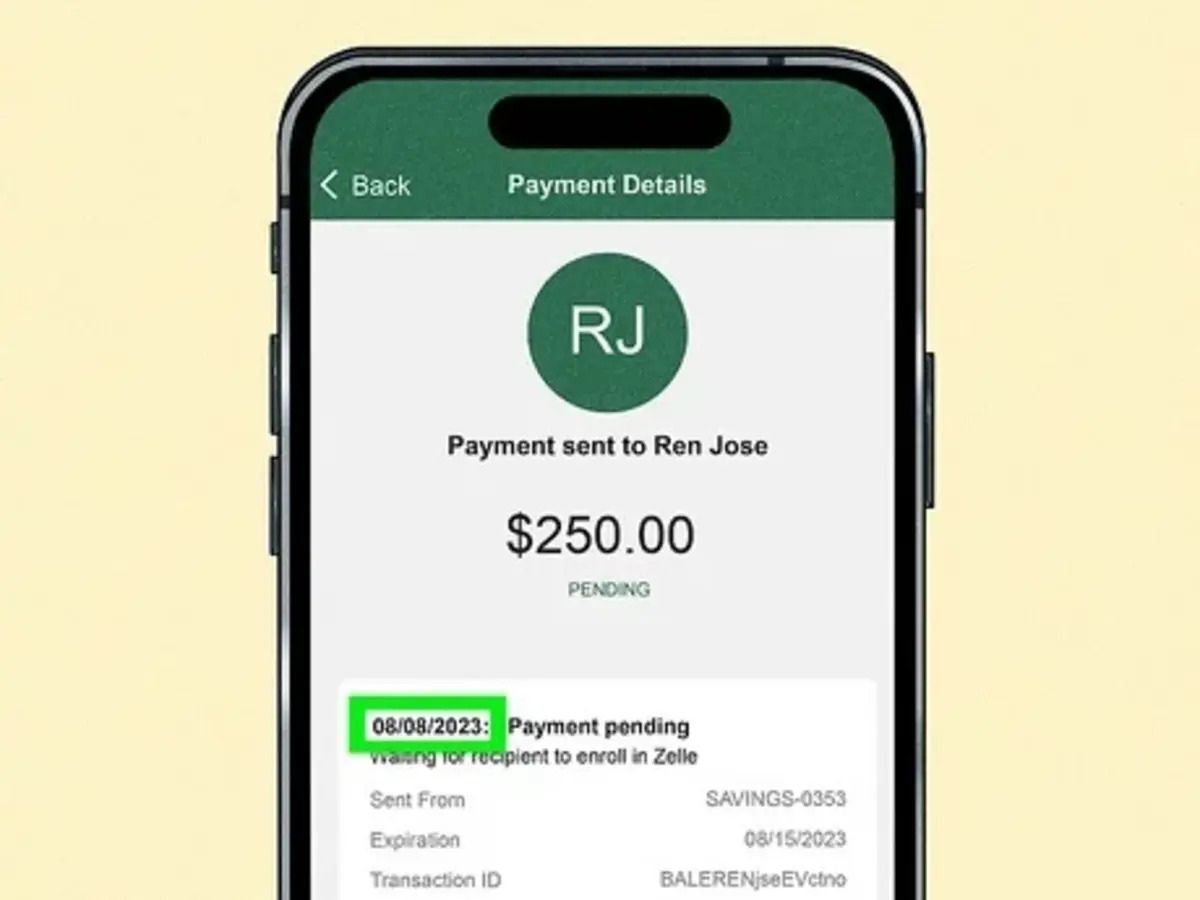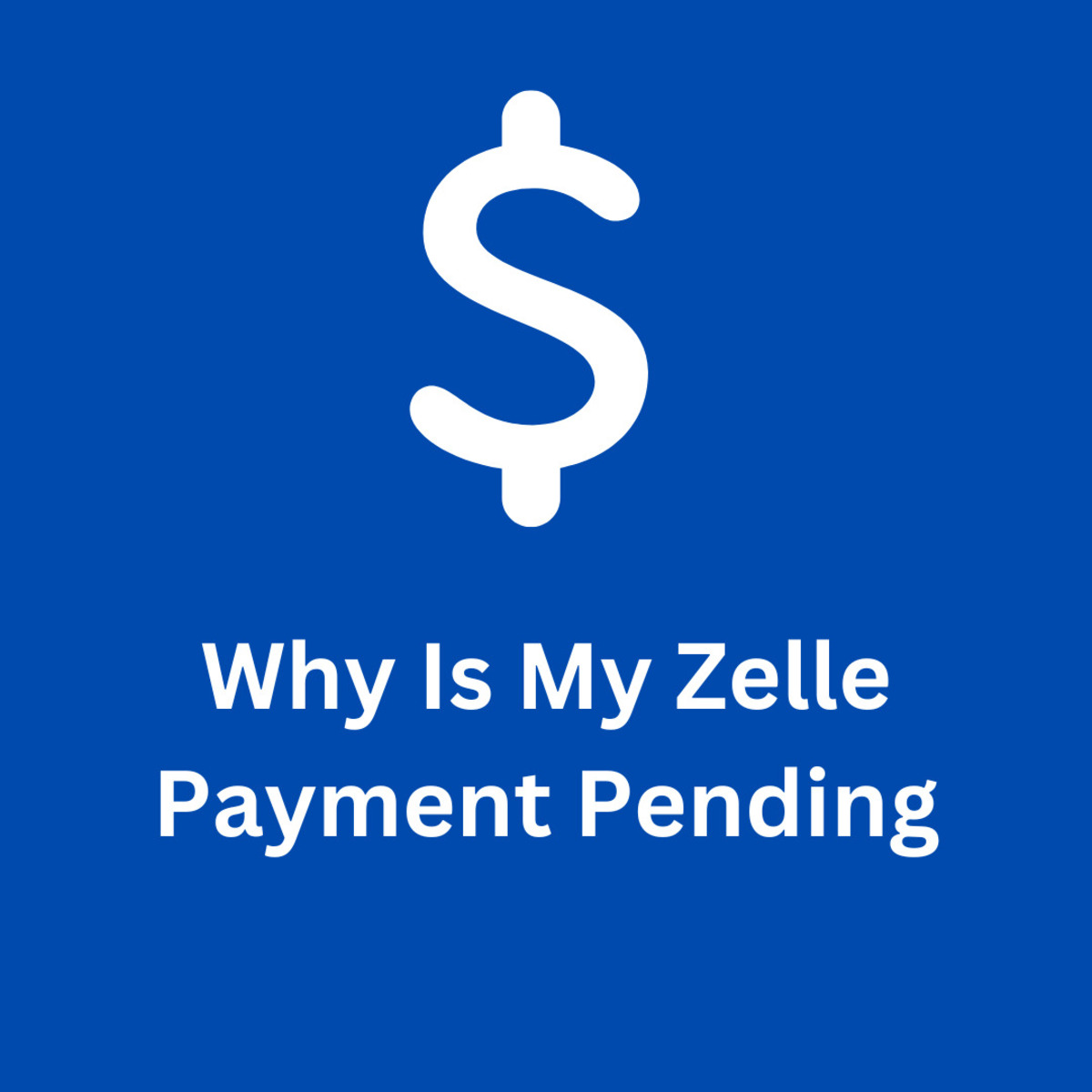Introduction
Welcome to the world of banking, where every financial transaction has its own lingo. Have you ever wondered what it means when a transaction status is labeled as “pending”? In the banking industry, the term “pending” refers to the state of a transaction that has been initiated but is yet to be completed. It’s like a transaction that is hanging in the balance, awaiting finalization.
When you make a payment, transfer funds, or even deposit a check, it may not reflect immediately in your account balance. Instead, it enters a pending state until the verification and processing are complete. This waiting period is necessary to ensure that the transaction is valid and the funds are available before they are credited or debited.
Pending transactions are a common occurrence in the banking world, and it’s important to understand the reasons behind them and how they can impact your account balance. Throughout this article, we will delve into the intricacies of pending transactions, uncover how long they typically last, and explore the steps you can take to prevent or resolve any pending issues that may arise.
Definition of Pending
When we refer to a transaction as “pending” in the context of banking, it means that the transaction has been initiated but has not yet been fully processed or completed. It is in a temporary state, hanging in the balance until further action is taken.
During the pending period, the transaction exists in a sort of limbo, neither finalized nor cancelled. It is waiting for the necessary verification and processing steps to be completed before it can be reflected in your account balance. This can include authorization checks, confirmation of available funds, and other security measures to ensure the validity and accuracy of the transaction.
Pending transactions can occur in various banking activities, such as making payments, transferring funds between accounts, or even depositing a check. For example, when you use your debit card to make a purchase, the transaction may initially be marked as pending until the merchant requests the funds and the payment is fully processed. Similarly, if you transfer money from one account to another, the transaction may go through a pending stage before the funds are successfully transferred.
It’s important to note that pending status does not necessarily mean there is an issue with the transaction. It is a normal part of the banking process, designed to ensure the accuracy and security of your finances. Once the necessary checks and processes are complete, the pending transaction will either be approved and finalized or declined and cancelled.
Reasons for Pending Transactions
There are several reasons why a transaction may be in a pending state in the banking system. Understanding these reasons can help you navigate the process and alleviate any concerns you may have. Here are some common factors that can contribute to pending transactions:
- Merchant Processing Time: When you make a purchase using your debit or credit card, the merchant needs to process the transaction. This can take time, especially for online purchases or transactions made over the weekend or holidays. As a result, the transaction may appear as pending until the merchant completes the necessary processing steps.
- Funds Availability: Pending transactions can also occur when you make a payment or transfer funds, and the bank needs to verify that you have sufficient funds in your account to cover the transaction. This verification process ensures that the payment will not cause your account to go into a negative balance.
- Security and Fraud Checks: Banks have measures in place to prevent unauthorized transactions and protect their customers from fraud. As a result, they may conduct additional security checks on certain transactions, especially those involving large amounts or unusual activity. These checks can cause a delay in the transaction being finalized, resulting in a pending status.
- Banking System Processes: Behind the scenes, banking systems have various processes and procedures to ensure the accuracy and integrity of transactions. These processes may involve different departments, such as the payment processing team or the fraud prevention team, which can introduce delays in the finalization of transactions, leading to a pending status.
- Disputes or Resolutions: In some cases, a pending transaction may arise due to a dispute or a need for resolution. This can happen if you report a discrepancy with a transaction, such as an incorrect charge or a fraudulent activity. The bank may put the transaction on hold pending an investigation or resolution of the issue.
These are just a few of the common reasons why a transaction may show as pending in your banking system. Keep in mind that the duration of the pending status can vary depending on the specific circumstances of the transaction and the policies of your bank.
The Process of Pending Transactions
When a transaction enters a pending state, it goes through a series of steps and processes before it is fully completed. Understanding the journey of a pending transaction can help you have a clearer picture of how banking systems handle these transactions. Here is an overview of the process:
- Transaction Initiation: The pending status begins when you initiate a transaction, such as making a payment or transferring funds. At this stage, the necessary details of the transaction are recorded and submitted to the banking system.
- Verification and Processing: Once the transaction is initiated, the bank begins the verification process. This involves checking the validity of the transaction, confirming available funds, and performing any necessary security checks to ensure the safety of your account. During this stage, the transaction is marked as pending while the necessary checks and processes are carried out.
- Merchant or Third-Party Processing: In many cases, the pending transaction involves a merchant or a third-party service provider. At this point, the transaction is forwarded to the appropriate party for processing. The merchant may need to request the funds from the bank or initiate the necessary actions to complete the transaction. This can introduce additional time delays, especially if the merchant operates on a different processing schedule.
- Finalization: After all the necessary verification, processing, and merchant actions are completed, the pending transaction is finalized. This means it is no longer in a pending state and is reflected in your account balance accordingly. The funds are either debited or credited to the respective accounts involved in the transaction.
It’s important to note that each bank has its own individual processes and timelines for handling pending transactions. Some banks may have faster processing times, while others may take longer. Additionally, external factors, such as weekends, holidays, and the specific payment method used, can also influence the duration of the pending status.
During the pending period, it is essential to monitor your account and keep track of any pending transactions. This will help ensure that you have an accurate understanding of your available funds and avoid any overdraft or insufficient fund situations.
How Long Does a Transaction Stay Pending?
The duration of a pending transaction can vary depending on several factors. While some transactions may be finalized within a few hours, others may take several days to complete. It’s important to note that the specific timeframe can depend on various factors such as the type of transaction, the bank’s processing policies, and external influences. Here are some key factors that can affect how long a transaction stays in a pending state:
- Type of Transaction: Different types of transactions can have varying processing times. For example, a simple debit card transaction at a retail store may have a faster processing time compared to a large fund transfer or an international payment. Complex transactions typically require more verification and processing steps, which can extend the pending period.
- Merchant Processing Time: When a transaction involves a merchant, the length of the pending period can depend on how quickly the merchant processes the transaction. It’s important to consider factors such as weekends, holidays, and the merchant’s processing schedule, as these can impact the time it takes for the transaction to be finalized.
- Bank Processing Policies: Individual banks have their own processing policies and timelines for handling pending transactions. Some banks may have quicker processing times, while others may have more stringent verification processes that result in longer pending periods. The bank’s internal procedures and workflows can significantly impact how long a transaction stays pending.
- External Factors: External influences, such as weekends, holidays, and public holidays, can affect the processing time of a pending transaction. Banks may have different processing schedules during these periods, which can result in longer pending periods. Additionally, factors like system maintenance or technical issues can also introduce delays in the processing of transactions.
It’s important to manage your finances responsibly and consider the potential duration of pending transactions when planning your expenses. Keep in mind that even though a transaction is pending, the funds may still be reserved or set aside in your account balance. Therefore, it’s crucial to ensure that you have sufficient funds in your account to cover pending transactions to avoid overdraft fees or declined payments.
If you find that a transaction has been in a pending state for an unusually long time or if you have concerns about a pending transaction, it’s advisable to contact your bank’s customer support for assistance. They can provide you with specific information about the status of the transaction and any actions you may need to take.
Impact of Pending Transactions on Account Balance
When you have pending transactions in your bank account, it’s essential to understand how they can affect your account balance. While a transaction is in the pending state, it may not be reflected in your available balance. Here are some key points to consider regarding the impact of pending transactions on your account balance:
- Temporary Unavailability of Funds: When a transaction is pending, the funds associated with that transaction are typically set aside or reserved in your account. This means that you may not have immediate access to those funds until the transaction is finalized. As a result, your available balance will not include the amount of the pending transaction.
- Overdraft and Insufficient Fund Concerns: It’s important to be mindful of your available balance, especially when you have pending transactions. If you have other pending transactions or if your account balance is already low, additional pending transactions could potentially lead to overdraft or insufficient fund situations. It’s crucial to monitor your pending transactions and account balance to ensure you have sufficient funds available to cover them.
- Transaction Order: Banks generally process pending transactions in a specific order. This is known as the clearing process. The order in which transactions are processed can impact your account balance. For example, if a large transaction is pending and processed before smaller pending transactions, you may experience a sudden decrease in your available balance. Understanding the clearing process can help you anticipate any potential impact on your account balance.
- Account Updates: Once a pending transaction is finalized, your account balance will be updated accordingly. The funds associated with a completed transaction will be deducted or added to your available balance, depending on the type of transaction. It’s important to regularly monitor your account to ensure that the finalized transactions align with your records.
It’s crucial to stay aware of your pending transactions and account balance to avoid any unexpected financial situations. Keeping track of your pending transactions, monitoring your available balance, and planning your expenses accordingly can help you manage your finances effectively and prevent overdraft fees or declined payments.
If you have any concerns or questions regarding the impact of pending transactions on your account balance, it’s advisable to contact your bank’s customer support for clarification and guidance. They can provide you with specific information about your account and help you navigate any potential issues or challenges related to pending transactions.
How to Prevent or Resolve Pending Issues
While pending transactions are a normal part of the banking process, there are steps you can take to prevent or resolve any issues that may arise. Being proactive and informed can help you navigate the realm of pending transactions with ease. Here are some tips to consider:
- Monitor your Account: Regularly monitoring your account is crucial to staying on top of any pending transactions. Keep an eye on your transaction history, account balance, and pending transaction status. This will help you stay aware of any potential issues or discrepancies and take action accordingly.
- Ensure Sufficient Funds: Maintaining sufficient funds in your account is essential to avoid complications with pending transactions. Make sure you have enough funds available to cover any pending transactions and avoid overdraft or insufficient fund situations. Planning your expenses and keeping track of your available balance can help you prevent potential problems.
- Confirm Transaction Details: Double-checking the accuracy of transaction details before initiating a payment or transfer can help prevent any unnecessary delays or errors. Verify the recipient’s information, account numbers, and payment amounts to ensure a smooth and accurate transaction process.
- Communicate with your Bank: If you have any concerns or questions about a pending transaction, don’t hesitate to reach out to your bank’s customer support. They can provide you with specific information about the transaction, its status, and any steps you may need to take to resolve the issue.
- Report Discrepancies Promptly: If you spot any unauthorized or incorrect transactions in your account, report them to your bank immediately. They can investigate the issue and take appropriate action to resolve any discrepancies. Prompt reporting is crucial to minimize any potential financial impact and protect your account.
- Be Patient: Keep in mind that pending transactions can take time to process and be finalized. While it’s important to stay vigilant, it’s also necessary to exercise patience. Understand that the duration of pending transactions can vary depending on various factors, including the type of transaction, bank processing policies, and external influences.
By following these preventative measures and taking the necessary steps to address any pending issues, you can navigate the world of pending transactions with confidence and peace of mind.
However, if you find that a pending transaction is taking an unusually long time to be resolved or if you are experiencing persistent issues, it’s recommended to contact your bank’s customer support for further assistance. They have the expertise to guide you through any challenges and provide specific solutions tailored to your situation.
Conclusion
Understanding the concept of pending transactions is essential for navigating the world of banking. From the initial initiation to the finalization, pending transactions go through a series of steps and processes. They can have varying durations and impacts on your account balance.
Throughout this article, we have explored the definition of pending transactions, the reasons behind their occurrence, and the process they undergo. We have also discussed the factors that can affect the duration of pending transactions and their impact on your account balance. Additionally, we have provided tips to prevent and resolve any pending transaction-related issues.
As a banking customer, staying informed and proactive is key to managing your finances effectively. Regularly monitoring your account, ensuring sufficient funds, and promptly reporting any discrepancies are important practices to adopt. It’s also important to communicate with your bank’s customer support if you have any concerns or require assistance regarding pending transactions.
Remember, pending transactions are a normal part of the banking process and are designed to ensure the accuracy and security of your financial transactions. By understanding how they work and being proactive in managing your account, you can navigate pending transactions with confidence and avoid any potential complications.
Ultimately, by staying informed and taking the necessary precautions, you can ensure that pending transactions do not disrupt your financial well-being and maintain a smooth and hassle-free banking experience.

























